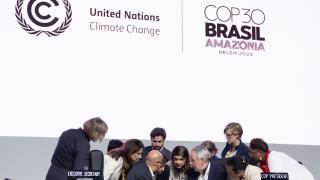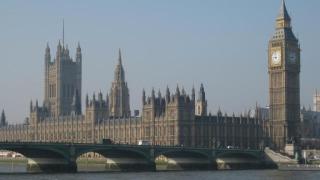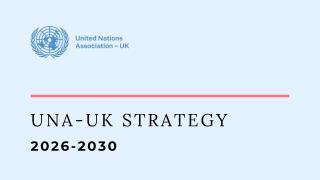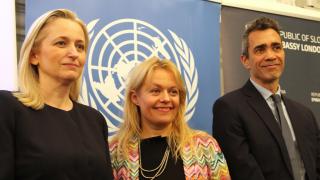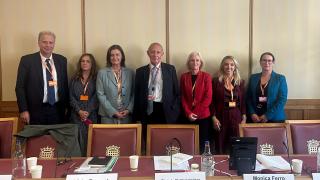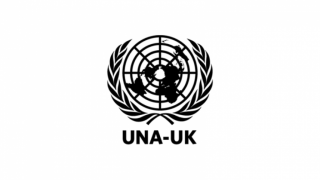
This article by UNA-UK's Executive Director, Natalie Samarasinghe, was originally published by the Guardian as part of their new series: A world of problems: the United Nations at 70.
A headline with “UN” and “half a trillion dollars” is bound to trigger familiar criticisms: a bloated bureaucracy with fat-cat staff that hasn’t achieved its aims – after all, war and poverty still exist, right?
I understand this reaction. For most of us, $500bn (£325bn) is a sum beyond comprehension. Surely even world peace can be bought for that amount.
But it’s not very much when you compare it to the five trillion dollars spent annually on fossil fuel subsidies (which are buying inaction on climate change) or global military spending of $1.8tn per year. The UN is estimated to have cost $0.5tn over 70 years, an average of just over $7bn a year. Brits spend more on takeaways.
Is there waste within the UN system? Of course. Is there an organisation of 85,000 staff in more than 190 countries without? And yes, some UN staffers make good money (the secretary general has the same salary as David Cameron). Others work in warzones for $8,457 a year.
The UN is a lifeline: for the 90 million people it feeds each year, and for the thousands who took refuge last month in its peacekeeping compound fleeing violence in Central African Republic. And it benefits us all in countless seen and unseen ways, from air safety regulations to the coordination of satellites. Those of us who live in relative comfort only notice its value when the system breaks down, as is happening now, with funding shortfalls forcing UN agencies to cut back services to refugees.
While there have been many occasions on which it has been too timid or slow to respond, for the most part it is not the UN but our governments that fail us. It is they who set the UN’s agenda and budget.
In 1945, the UN’s founders aspired to build a better world. Their decision was a pragmatic one, reached by weighing the downsides of compromise with the devastation of war.
Today, in our globalised world of nuclear weapons and climate change, the consequences of armed conflict and non-cooperation are more serious. But the far-sighted leadership of 1945 is lacking. The public spirit of that era – when people saw benefit in agreeing to have a little less so that everyone could have more in the future – I’d like to think it still exists, even if it takes heartbreaking pictures of a little boy for it to resurface.
Having experienced its shortcomings, UN officials are often the first to criticise it. Many, particularly those in agencies that need to beg for money each year, are reluctant to say that instead of cost savings, many UN programmes need more money and that these funds should be regular, not voluntary, contributions. But someone needs to say it.
When I read “half a trillion over 70 years”, my reaction was: so what? The UN could have spent 10 times that amount and still be value for money. We cannot put a price on the lives it has saved or improved immeasurably, including our own.
70 years of the UN: $500bn. Saving millions of lives, helping countries gain independence, negotiating peace deals, vaccinating 58% of the world’s children, eradicating smallpox, closing the ozone hole, creating the international human rights system, and so on, and so on: priceless.
Photo: A UN peackeeper from Uruguay talks to a young girl at the Pan African Headquarters of the UN Mission in Liberia. Copyright UN Photo/Emmanuel Tobey

